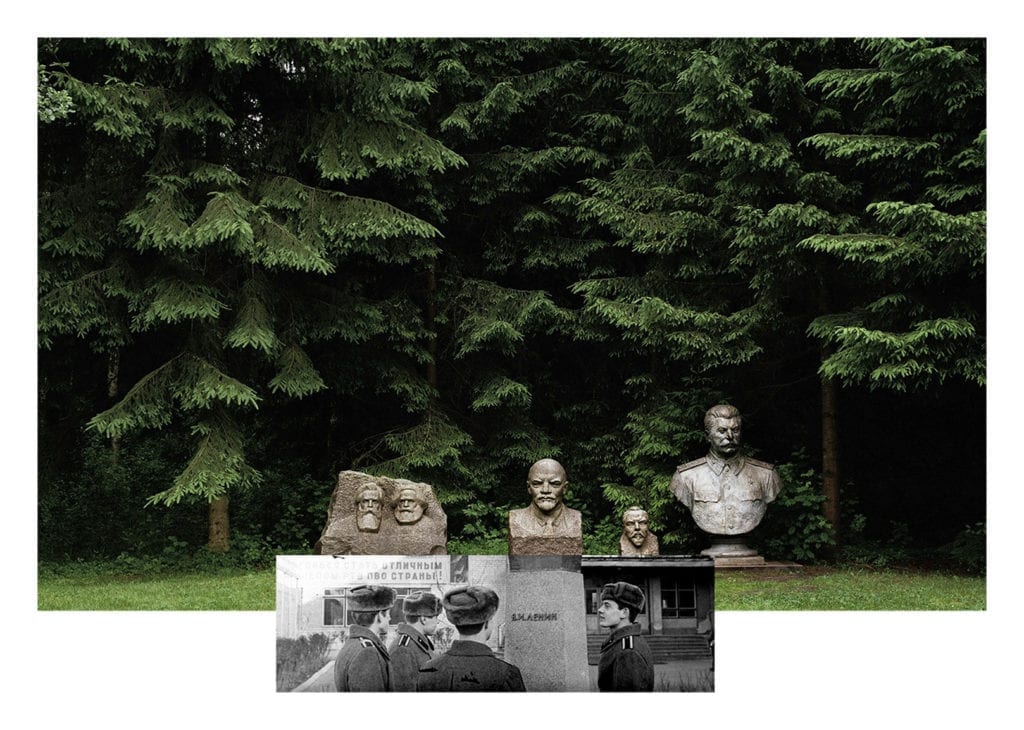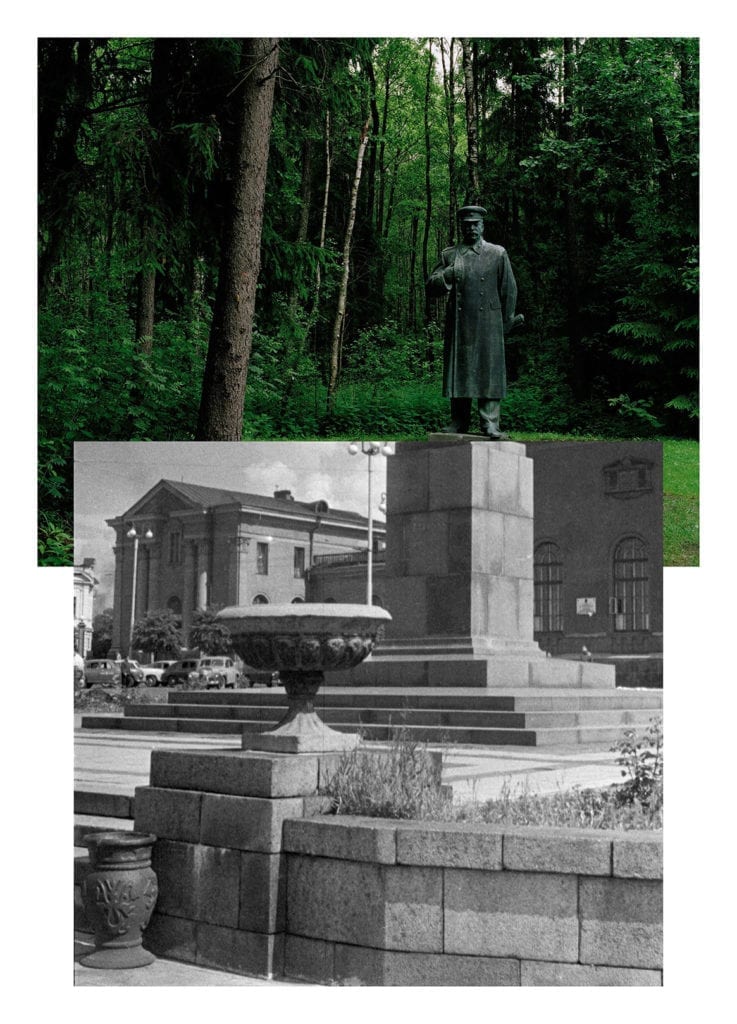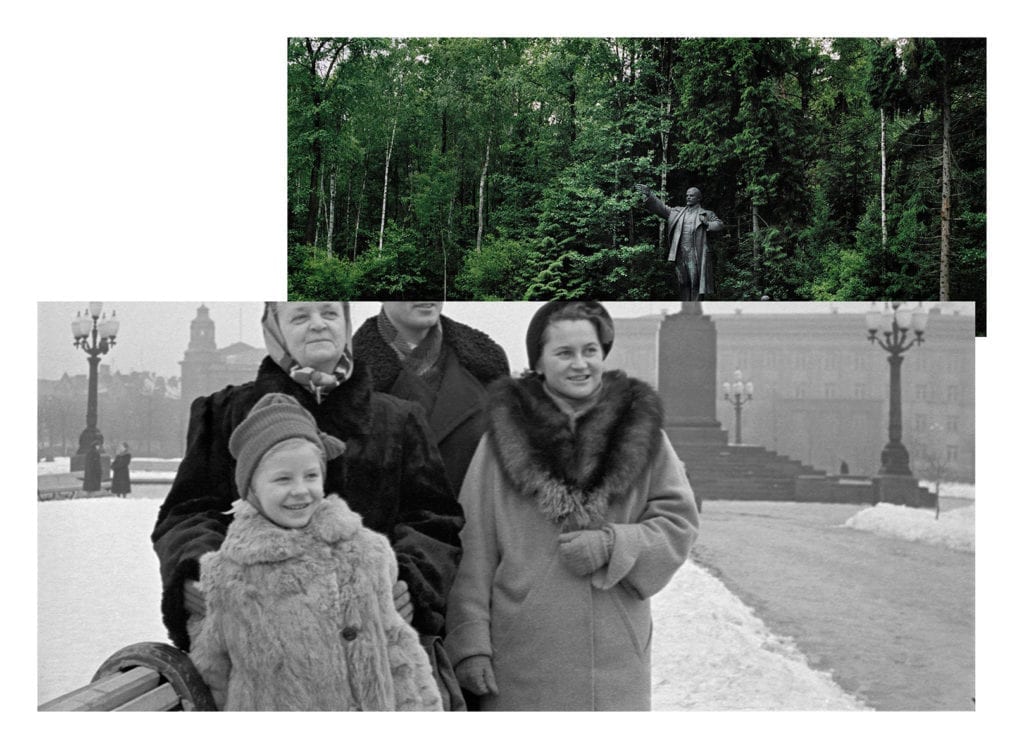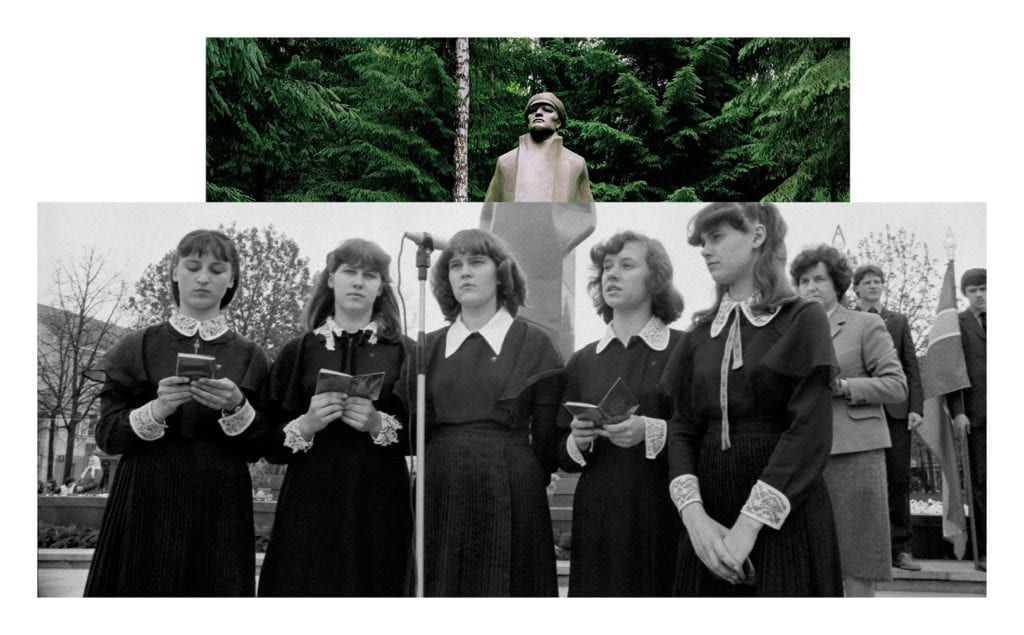Bound to the north and west by the Baltic sea, and on the east by Russia, Lithuania has endured a turbulent past.
Occupied from 1939 until it re-established independence in 1990, the former member of the Eastern Bloc was subject to the brutal dictatorship of the Soviet Union for over 50 years.
Although the Cold War ended 26 years ago, and for many is a distant memory, the stark remnants of the brutal Soviet era have found an unlikely home in the Lithuanian countryside.
Amongst the dense birch-covered wetlands of the Dzūkija National Park, lies Grūtas Park, otherwise known as Stalin World, where the regime’s symbols of power, the heroic archetypal statues and monoliths built to preserve and extend the Soviet’s communist ideology, reside.

Established in 2001, the controversially kitsch ‘nostalgia’ theme park was built “to provide an opportunity for Lithuanian people, visitors to the country, and future generations to see the Soviet ideology which suppressed the spirit of Lithuania’s nation for decades,” according to the Grūta’s website.
Artist Indrė Šerpytytė’s new series Pedestal addresses the gulf between past and present of Lithuania, in the years of the Second World War and the Cold War, by contrasting archival images of statues of Lenin and Stalin, once sited in grand public spaces in Lithuania, with their current existence in Grūtas Park.

Working primarily with photography, but also employing archives, sculpture, film, audio and choreography, Šerpytytė’s work explores the complexity of her homeland’s history and trauma.
Despite dealing with very specific historical circumstances, her themes are universal: the ways in which the past affects the present, the ways in which the political influences the personal, the importance of memory.
While elements of Šerpytytė’s composite images are congruent, suggesting continuity, there is a sharp contrast between the black and white archival photographs and the richly coloured contemporary images.

“In my work I treat photography as an emotional expression rather than a documentation process” says the artist. “Through my images I attempt to reconstruct my inherited memory in the attempt to make the past more tangible. By rebuilding the inherited history I try to reclaim it.”
Pedestal is presented alongside a new audio piece, Toppled. For this work the artist employed a professional narrator, specialising in film and television descriptions for the blind, to interpret footage compiled by the artist of the dismantling of the kind of public monuments depicted in Pedestal after the disintegration of the Soviet Union.

The audio descriptions, presented without emotional inflection, often focus on unexpected or surreal details and provide an arresting counterpoint to the images of the statues.
The exhibition at Parafin follows Šerpytytė’s inclusion in the Museum of Modern Art’s important biannual survey of new photography, Ocean of Images: New Photography 2015.
Pedestal opens at Parafin Gallery 23 September 2016. For more information, go here.

